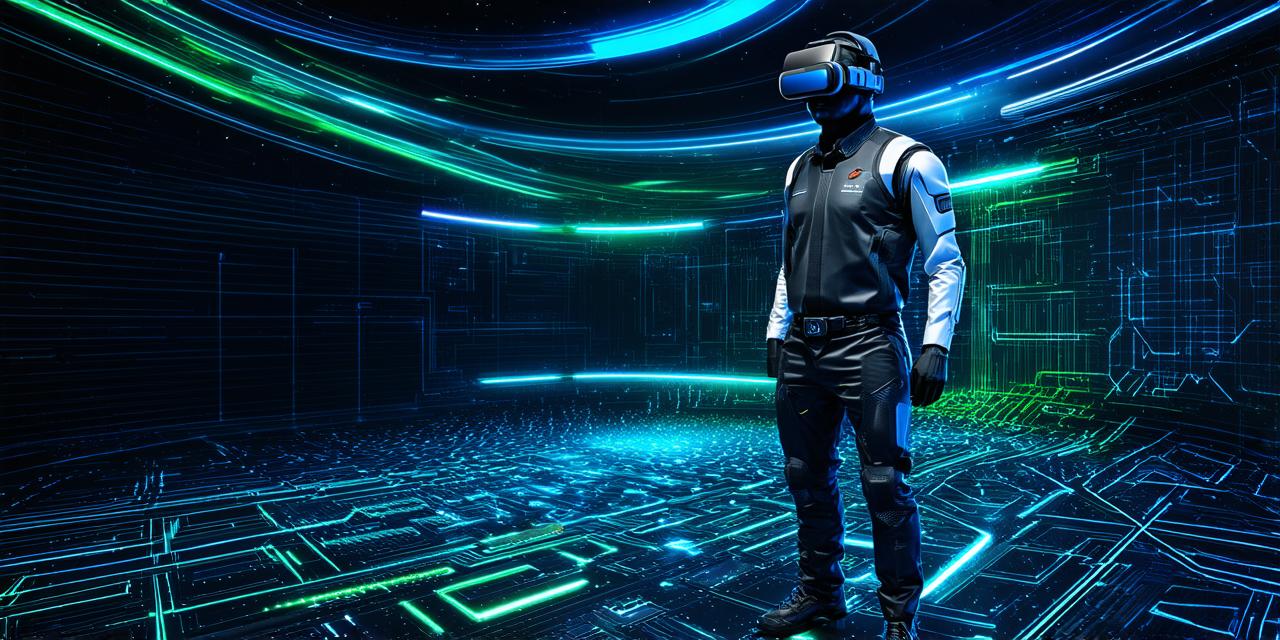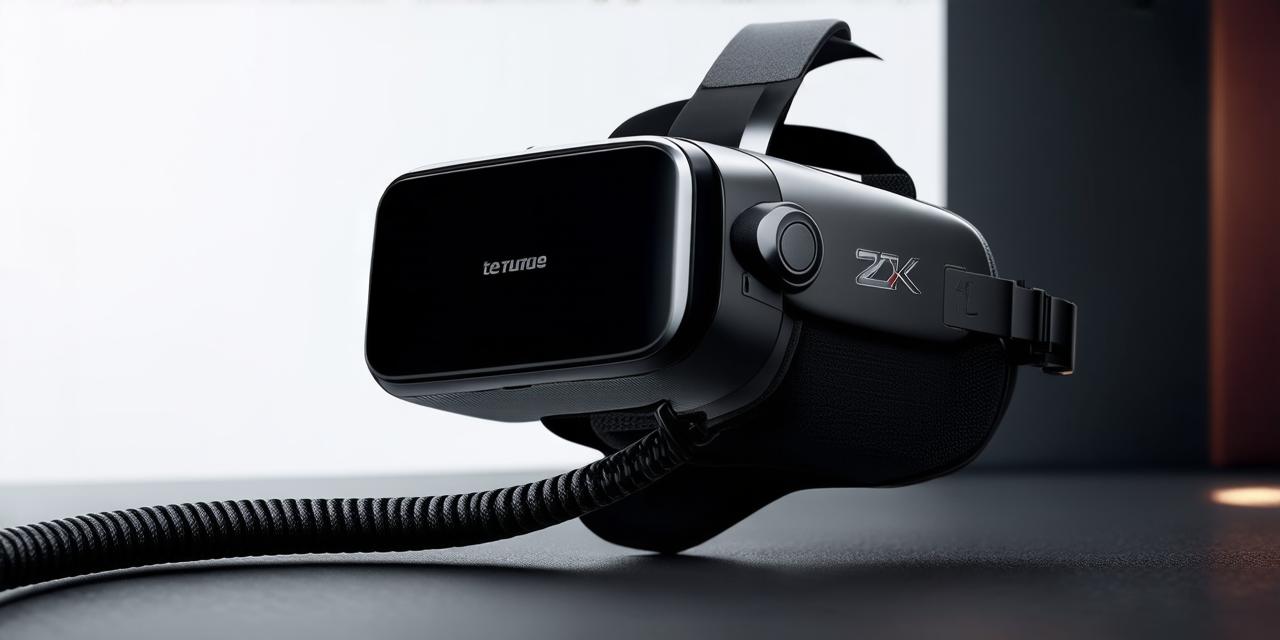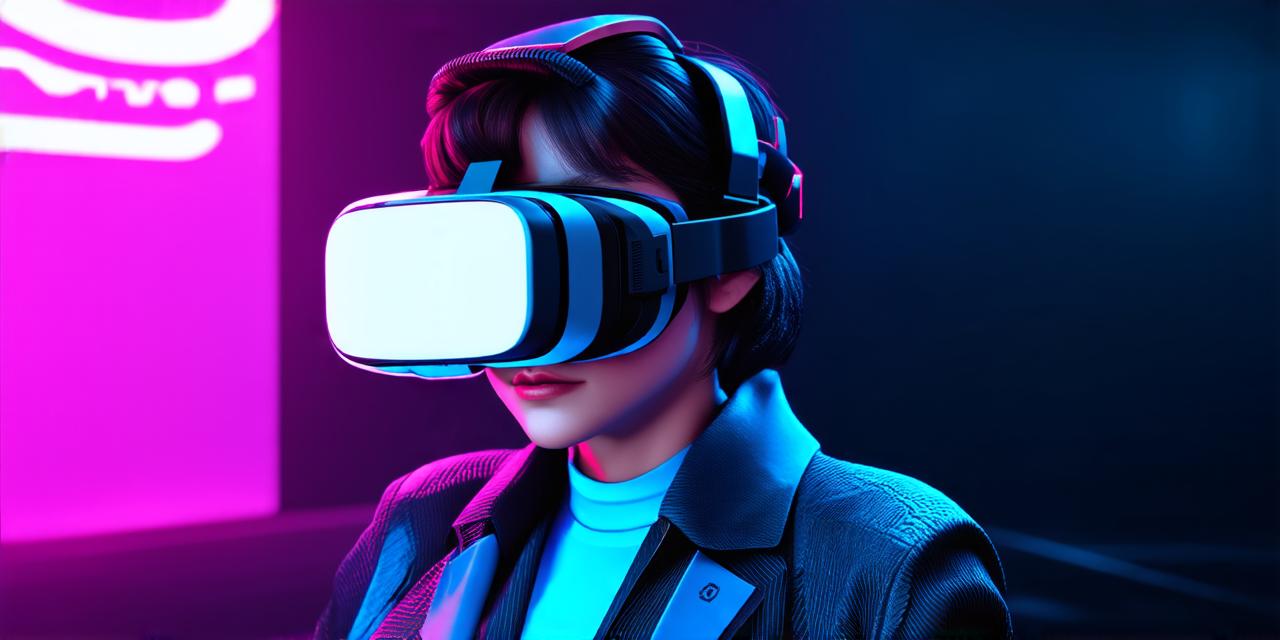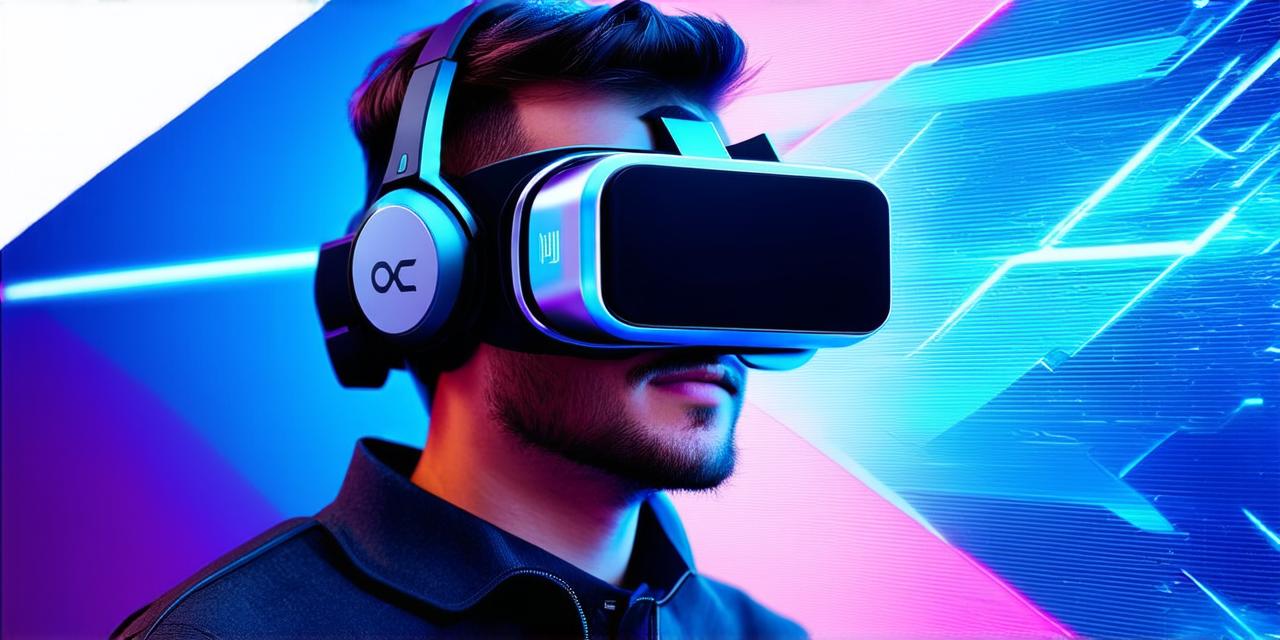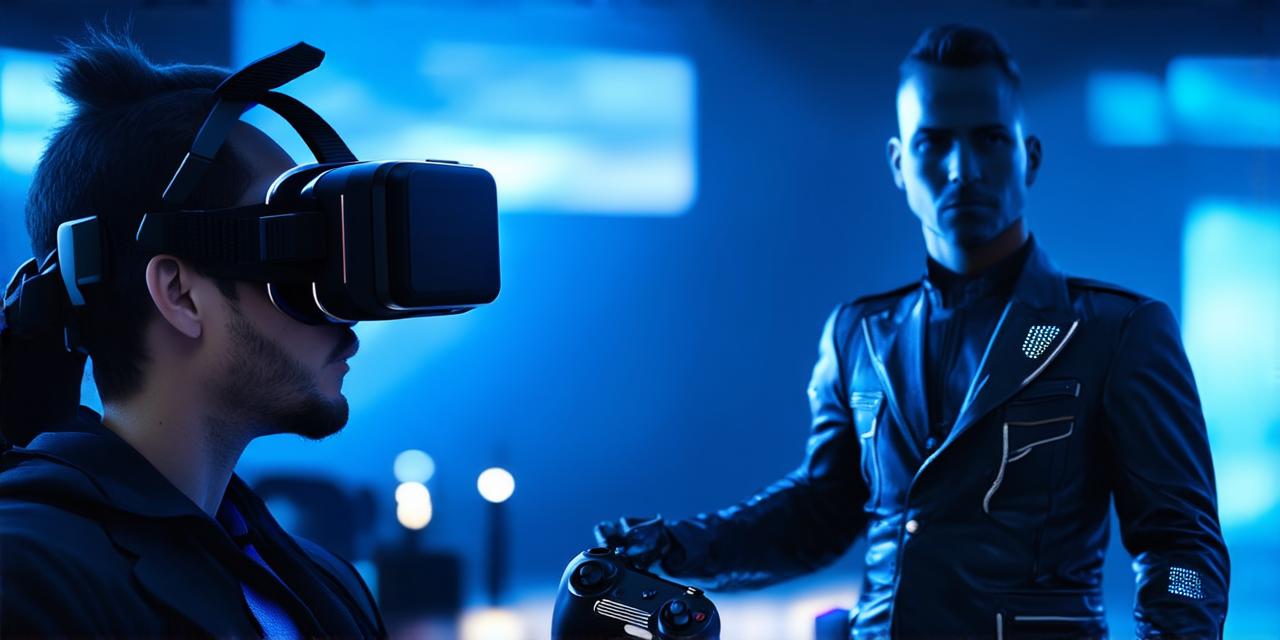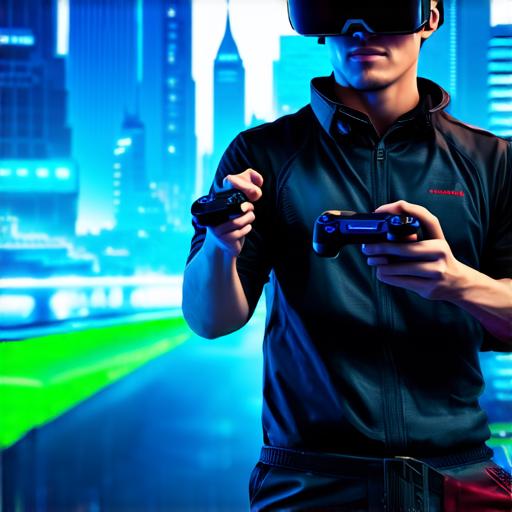
Virtual Reality (VR) is a revolutionary technology that has transformed the way people experience digital content. VR creates an immersive and interactive environment that engages users’ senses and makes them feel like they are in a different space.
There are several unique characteristics of VR technology that set it apart from traditional media, including immersive experience, interactivity, real-time rendering, and customizable experience.
Immersive Experience:
One of the key features of VR is its ability to create an immersive experience. The HMD and sensors create a 360-degree view that engages the user’s senses, making them feel like they are in a different space. For example, a user can experience a virtual trip to Europe without ever leaving their home.
Interactivity:
VR allows users to interact with the virtual world by using motion controllers or other input devices. This interaction creates a sense of presence and realism, enhancing the overall experience. Users can explore virtual environments, engage in simulations, and interact with virtual objects in a realistic way.
Real-time Rendering:
VR technology requires real-time rendering, which means that the images displayed on the HMD must match the user’s movements in real-time. This requirement demands powerful hardware and software capabilities. Without real-time rendering, VR experiences can be choppy and unrealistic.
Customizable Experience:
VR allows users to customize their experience by adjusting settings such as field of view, resolution, and audio. This personalization enhances the overall experience and makes it more enjoyable. Users can choose the level of immersion they want, adjust the lighting and sound, and tailor the experience to their preferences.
Virtual Reality Technology Applications:
Virtual reality technology has several potential applications in various industries, including gaming, entertainment, education, and healthcare.
Gaming:
VR gaming allows users to experience immersive and interactive games that feel like they are in a different world. Games such as “Beat Saber” and “Pokemon Go” have already used VR technology to create engaging experiences for gamers.
Entertainment:
VR applications include immersive movies, live events, and virtual tours. For example, the “Oculus Quest 2” allows users to watch movies in a virtual theater or take a virtual tour of museums and historical landmarks.
Education:
Virtual reality technology can be used to create immersive learning experiences that enhance student engagement and understanding. VR simulations can be used to teach science concepts such as anatomy and physics. For example, students can use VR simulations to learn about the human body or explore the principles of physics in a virtual environment.
Healthcare:
VR technology has several applications in healthcare, including therapy for phobias, PTSD, and anxiety disorders. VR simulations can also be used to train medical professionals in procedures such as surgery and emergency response. For example, surgeons can use VR simulations to practice complex procedures without risking patient safety.
Case Studies:
There are several companies that have successfully implemented virtual reality technology in various industries.
The Wilderness School:
“The Wilderness School” uses VR to teach survival skills to children in Australia. The VR simulations create a safe and controlled environment for students to learn how to navigate the wilderness, build shelters, and start fires.
Theravive:
“Theravive” creates VR simulations for therapy to treat anxiety and PTSD. The simulations are tailored to each patient’s needs, and the therapist can monitor progress in real-time. This approach has been shown to be effective in treating these conditions.
Virtual Reality Medical Center:
“Virtual Reality Medical Center” uses VR technology to train medical professionals in procedures such as surgery and emergency response. The simulations provide a realistic and safe environment for practitioners to practice without risking patient safety. This approach has been shown to improve the quality of medical training and reduce errors during surgical procedures.
Conclusion:
In conclusion, virtual reality technology has several unique characteristics that make it an immersive and interactive experience. Virtual reality has potential applications in various industries, including gaming, entertainment, education, and healthcare. Case studies have shown that virtual reality technology can enhance the learning experience, provide effective therapy for anxiety and PTSD, and improve medical training. As virtual reality technology continues to evolve, we can expect to see more innovative and practical applications in various industries.
